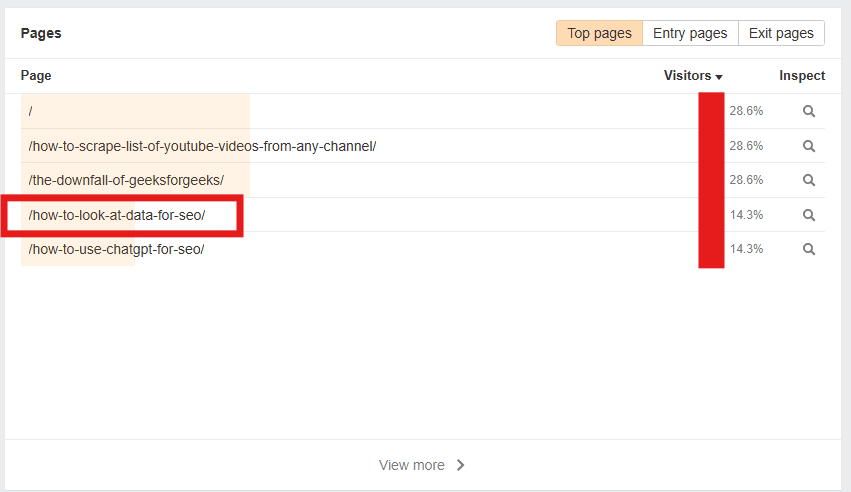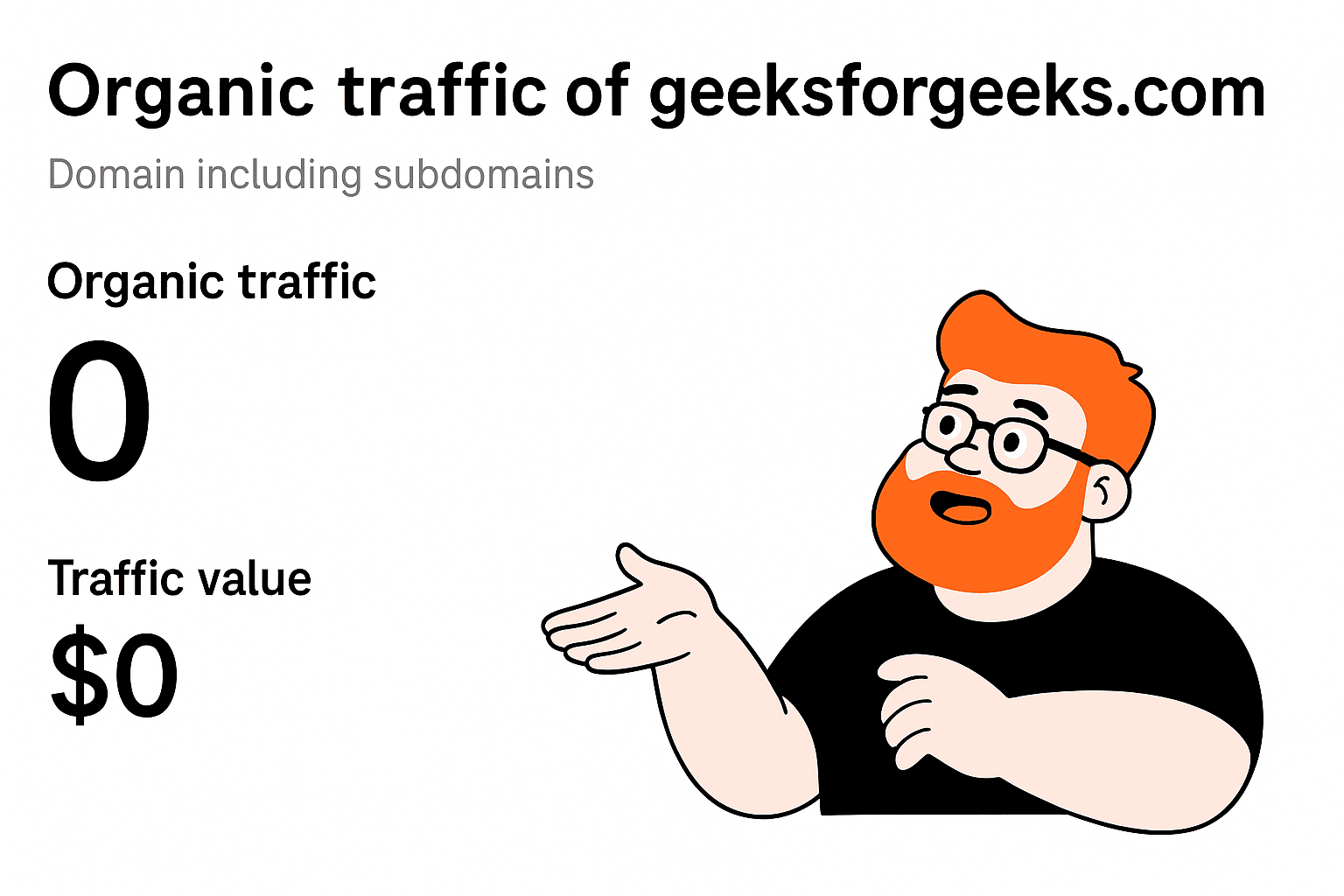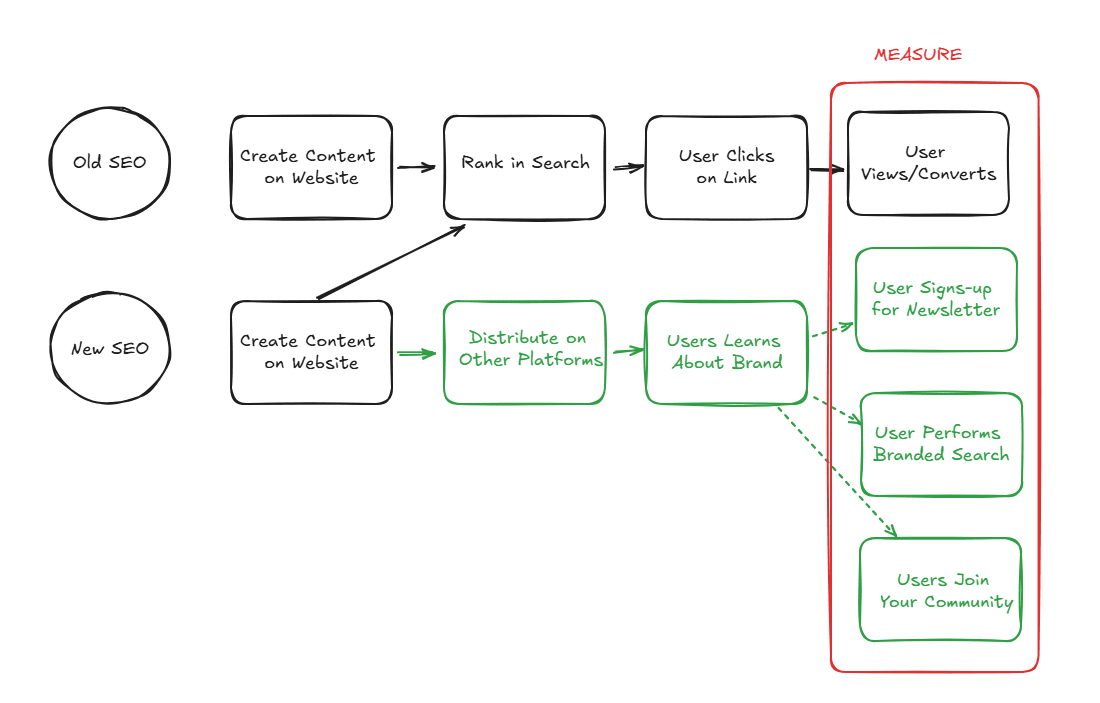SEO on a Budget: How to Adjust Your SEO Strategy During a Recession

Hiring freezes and layoffs, it's the end of 2022 and many market watchers are predicting a recession in 2023. It's no surprise that many marketing budgets will be limited during these challenging time.
If you find yourself with a limited budget for SEO content creation or PR (or whatever backlinking techniques you're using), and maybe even team cuts, it can easily look like a struggle to get anything done, but there are always some ways where you can still do your job, you just need to be smart about it.
Here are some SEO tactics that you can leverage during a recession:
Conduct CTR experiments.
CTR is one of the most valuable SEO metrics, yet improving it is one of the least leveraged tactics.
Just go to GSC, sort URLs in performance report by impressions, and look for those URLs with high impressions, good average ranking but low number of clicks. Select a set of URLs that belong to the same website /folder/ or page template. I.e blog pages, or product pages, etc... These will be your test URLs.
Once you have 3-5 of those URLs that you see have potential for improvement, select few other from the same /folder/ or page template to be used as a "Control set". You will not be doing any changes/optimizations to the the control URL set. Their only job is to establish a baseline to compare the impact of the optimizations you made on the "test URLs".
Analyze SERPs and make notes. Look for patterns to test. For example, some forums would add [resolved] or [answered] at the end of the title tag. Some ecommerce websites would add something like "prices starting from XXX".... consider patterns across competitors, keywords related to the test URLs, the industry (if you're a SaaS, consider other SaaS businesses not necessarily competing against you)
Once you have the:
- Test URLs
- Control URLs
- A pattern to test (choose one pattern to test at a time on a selected seo of test URLs)
You're ready to make the changes. To monitor the performance, you can either use SEOTesting.com [Affiliate Link] or do it manually. With SEOTesting, it costs $40 for one website. I've used it before and it makes your life much easier [This is not a paid placement, that's actually my opinion]. If for any reason, you cannot get this tool, the SEOTesting team has written a great blog post on how to do the monitoring of your Split testing experiment FOR FREE here.

Internal Linking and Breadcrumbs
You don't need plenty of technical resources and a lot of the dev team time -usually- to implement internal linking and breadcrumbs. Before you start thinking about the technical and UX requirements to implement breadcrumbs, here are some breadcrumbs:
You can simply add and style the links, you do not need dev and UX to add breadcrumbs, you can do this manually for the top clusters/topics or as you seem important. If you're concerned or get a random push back from stakeholders, you can always add them to the bottom of the page!
Because the purpose of this post to give you ideas and not dig in-depth in different tactics, I recommend Kevin Indig's guide on internal linking here.
Entity SEO
There's a lot of talk around Entity SEO recently - which is a good thing - but in my humble opinion plenty of it is very confusing.
Do you remember when Google used to include in "about this result" and include "terms related to your search"? that's an easy way to understand entity SEO. Unfortunately, in the "about this result" we do not get related terms anymore. Check out this screenshot from the Thriveagency.com.

In simple plain English, when you talk about "how to cook fish in the oven", in addition to the usual exact match keywords and variations, it's normal and expected to find terms related to this search on the page, like ingredients, recipe, baked, etc... these are entities related to the main search term the user types.
So for example if you search for "Lily Ray", a page utilizing entity SEO should have terms like: SEO, E-A-T (because she talks about it a lot), DJ (she DJs), Amsive Digital (where she works), etc.... so in other words, a keyword is seen by Google and understood within the content of other entities (terms to simplify it)...
With this understanding you can use either use inlinks.net [Affiliate Link] to see missing entities in your content and add them. Here are the pricing plans for the tool:
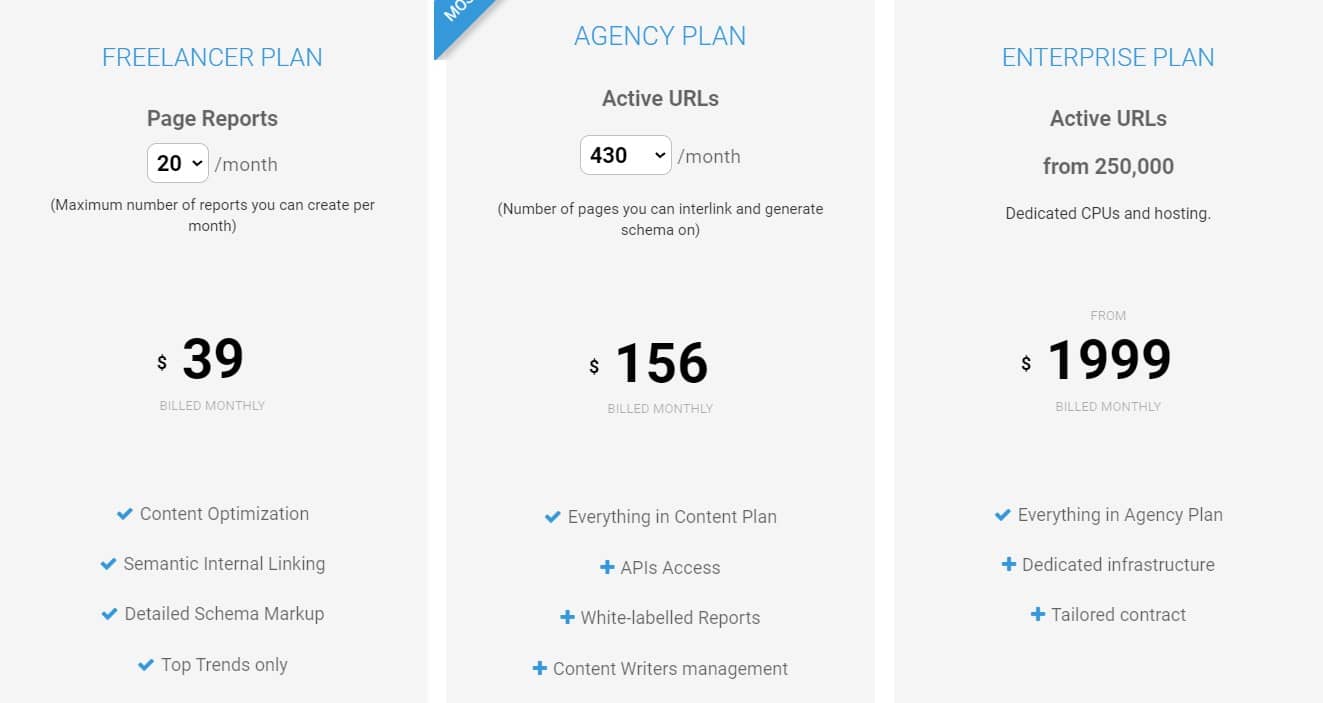
Or you can do this manually, which is not an easy task as it depends on your understanding of entity SEO. The advantage to that is you're probably able to out-smart the tool, as it's probably using existing results in SERPs to recommend missing entities, whilst you will be able to come up with more entities just by brainstorming (you should also examine existing results).
Again, I'm not affiliated with this tool, nor is this a paid placement.
Backlinking and PR
With a pause on your backlinking budget, you may want to experiment with Digital PR campaigns yourself! I personally believe it's a separate skillset from the SEO skills, but hey! why not give it a try.
There are plenty of case studies online that explain the process and showcase the work of other PRs and data journalist. One simple campaign example that attracted plenty of links is "How much would it cost to rent royal properties?"
Simply, collect the data, tell a story, and reach out to journalists/bloggers interested in the topic. If it doesn't work, wash, rinse, repeat....
Haro is also your friend during this cost-cutting times!
While these 2 tactics are time consuming and require plenty of effort, keep in mind that:
E-A-T
If your website does not have an author bio, it's time you add one. Collect author bios and information as follows:
- Name
- Short Bio with emphasis on relevant expertise
- LinkedIn & Twitter profiles (or other social profiles/website URL)
- Photo (ideally)
Just append this information manually at the bottom of the blog articles. As with the breadcrumbs example above, you do no need to involve UX and Dev teams. One more tip is to make sure your authors are linking back to some of their articles on one of the profiles. So for example, authors can add a link to one of their articles on your website to their featured section on their LinkedIn Profile.
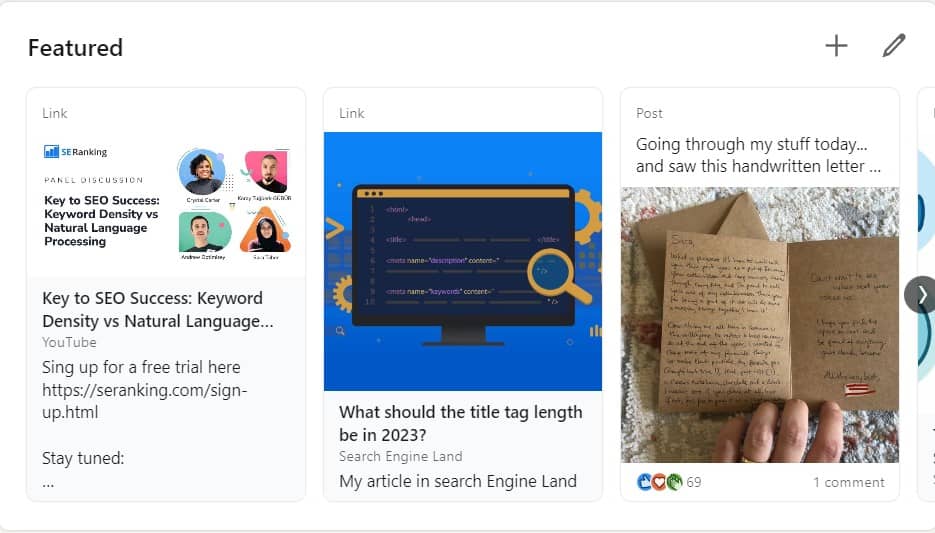
There are many more things you can do for E-A-T like making sure you are linking - where possible and relevant - to external high quality authoritative websites. Stay tuned for my WIP upcoming E-A-T Ebook for more information on that!
More Results with Less Content
You may want also to explore ways to increase traffic by writing less content. One way to do this is to crawl competitors' websites using Screaming Frog, sort the URLs by word count and find low word count topics that you can go after. For more details on that approach, check this blog post.
In summary, I can list plenty more tactics to navigate budget limitations. You just need to be more creative!
The SEO Riddler Newsletter
Join the newsletter to receive the latest updates in your inbox.

